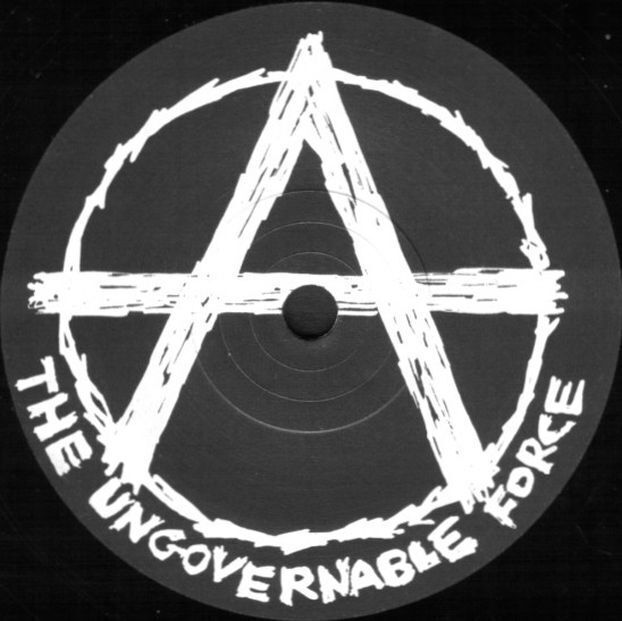Environmental disaster
Tons of toxic cargo
How a fire aboard a container ship has caused one of the worst environmental disasters Sri Lanka has ever seen.
The waters off Sri Lanka’s capital of Colombo seem calmer now, more than two weeks after a blazing 610 foot container ship lit up the coastline. Most of the X-Press Pearl, a four-month-old Singapore-flagged container ship, has settled on the bottom of the sea.
But the ocean has already begun to tell its own story. Lifeless fish are washing up on Sri Lanka’s sands, plastic pellets lodged in their gills. Those pellets have also covered picturesque beaches, lapped ashore by the waves. Dead turtles and birds have been reported on the coast as well, although the connection to the ship is still being investigated. [emphasis mine]
... Experts say the catastrophic effects of the disaster are only beginning to take hold. The ship’s cargo, now partly on the ocean floor, contains toxic chemicals and harmful items that could devastate Sri Lanka’s marine wildlife, as well as its fishing communities.
To better understand how this happened and the potential effect on Sri Lanka’s environment and economy, The Post mapped the ship’s path, had experts analyze its cargo, geo-located photos and videos of the debris on the country’s shores, and acquired models of the extent of its spread. The analysis shows the impact on Sri Lanka’s western coastline and the potential of further environmental damage that some experts worry will take years to repair. [emphasis mine]
Aboard the ship were nearly 1,500 containers, dozens of which contained dangerous goods, including nitric acid, sodium methoxide and methanol. In addition to the chemicals, the small plastic pellets pose a danger to marine life.
“It’s very close to a nuclear disaster, what has happened here,” said Muditha Katuwawala, a coordinator at the Pearl Protectors, a volunteer organization committed to protecting Sri Lanka’s marine life. “This is not a problem just in Sri Lanka. In the coming weeks, this is going to be a regional problem.”
... Markovich highlighted some of the most concerning mixtures on board:
Sodium methylate or sodium methoxide A highly reactive substance used as a catalyst to produce methanol. Toxic when inhaled. When it reacts with water, it produces sodium hydroxide, which is corrosive to fish and changes the PH of the water.
Caustic soda flakes Also known as sodium hydroxide. Used to make detergents and soap. In high concentrations, it can be very toxic for marine wildlife.
Methanol A widely used chemical. It evaporates quickly, so its effects in water are hard to understand, but studies have shown that it can increase algae blooms, which can in turn block sunlight from the surface of the water, damaging marine life.
Nitric acid What many think caused the fire. When mixed with air, it can cause acid rain. But when mixed with water, it produces nitrates, which are a food source for algae, causing blooms that destroy the water ecosystem’s balance.
Limestone Is composed of calcium carbonate, a saltlike substance that is harmful to aquatic life.
Lubricants Because they do not mix with water, these oil-like substances can block all the airwaves from the top of the water, depriving fish of oxygen.
Priled urea A form of fertilizer. Contains a high nitrogen content, which is a food source for algae and can cause blooms.
Ajantha Perera, a Sri Lankan environmental activist and scientist, said that any change to the pH of the water could alter sensitive algae, which in turn could kill parts of the coral reef that would push fish away from the area if there is no longer a food source for them.
“It could become a dead region,” Perera said. “Because once the coral reef is gone, then the fishery would also go down. So we are looking at years, if ever, for regeneration.”
Although not themselves toxic, the plastic pellets, known as nurdles, can strangle small sea creatures. When scattered on sandy beaches, they can cause the temperature of the ground to rise, affecting the incubation of turtle eggs.
“The most long-lasting event and widespread for the region is definitely the plastic,” said Charitha Pattiaratchi, a professor at the University of Western Australia’s Ocean Institute. “They are in the ocean forever,” he added.
... “The area where the ship burnt and sunk is a very rich fish breeding and feeding ground. Immediately, people are reluctant to eat fish, so there is a huge threat to the income” of fishermen, he said, adding that the fishing economy in that part of the country could “totally collapse.”
#Environment #Oceans #SriLanka #Plastic Pollution #EnvironmentalDestruction
https://www.washingtonpost.com/world/interactive/2021/sri-lanka-cargo-ship-fire-pollution/
